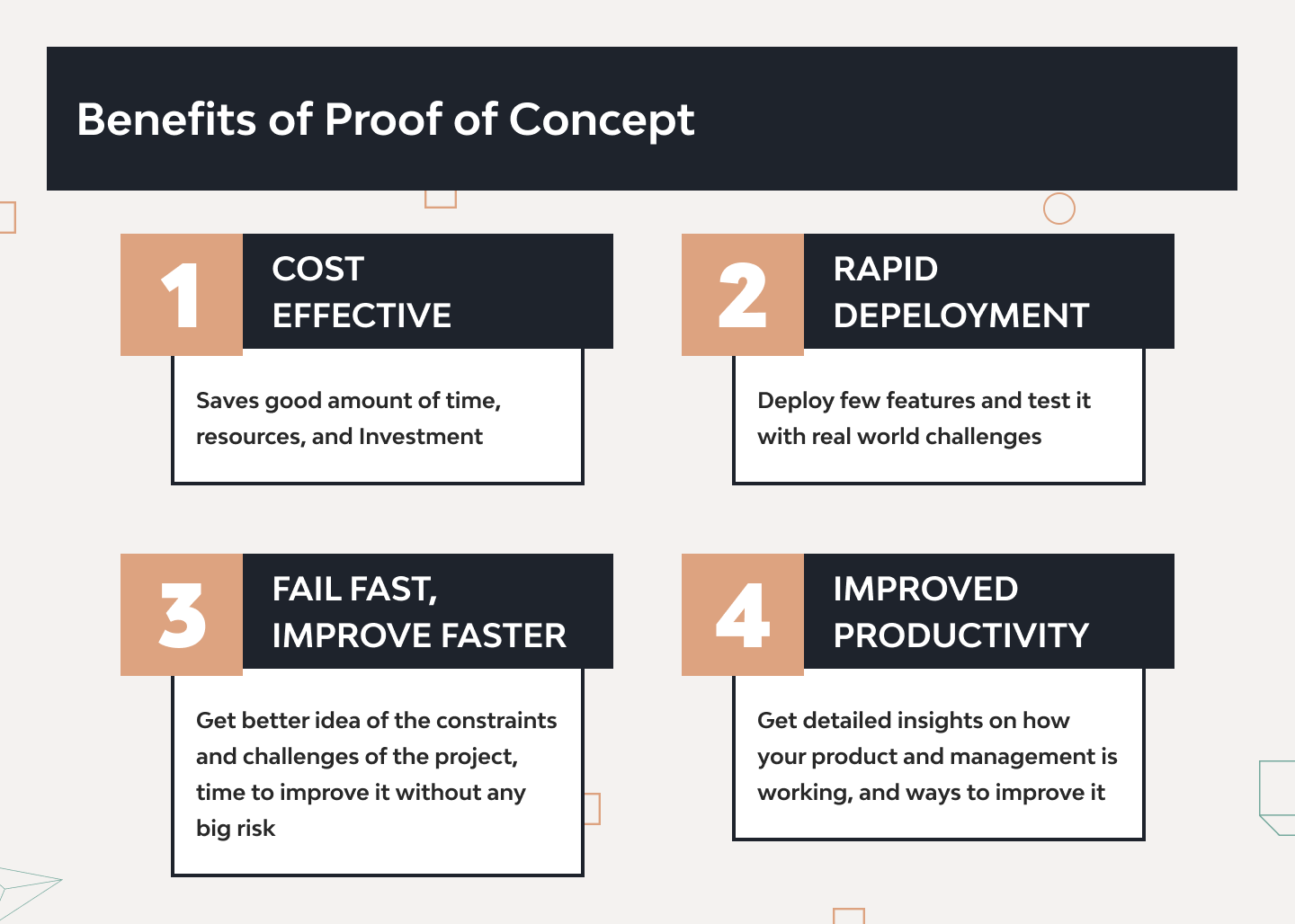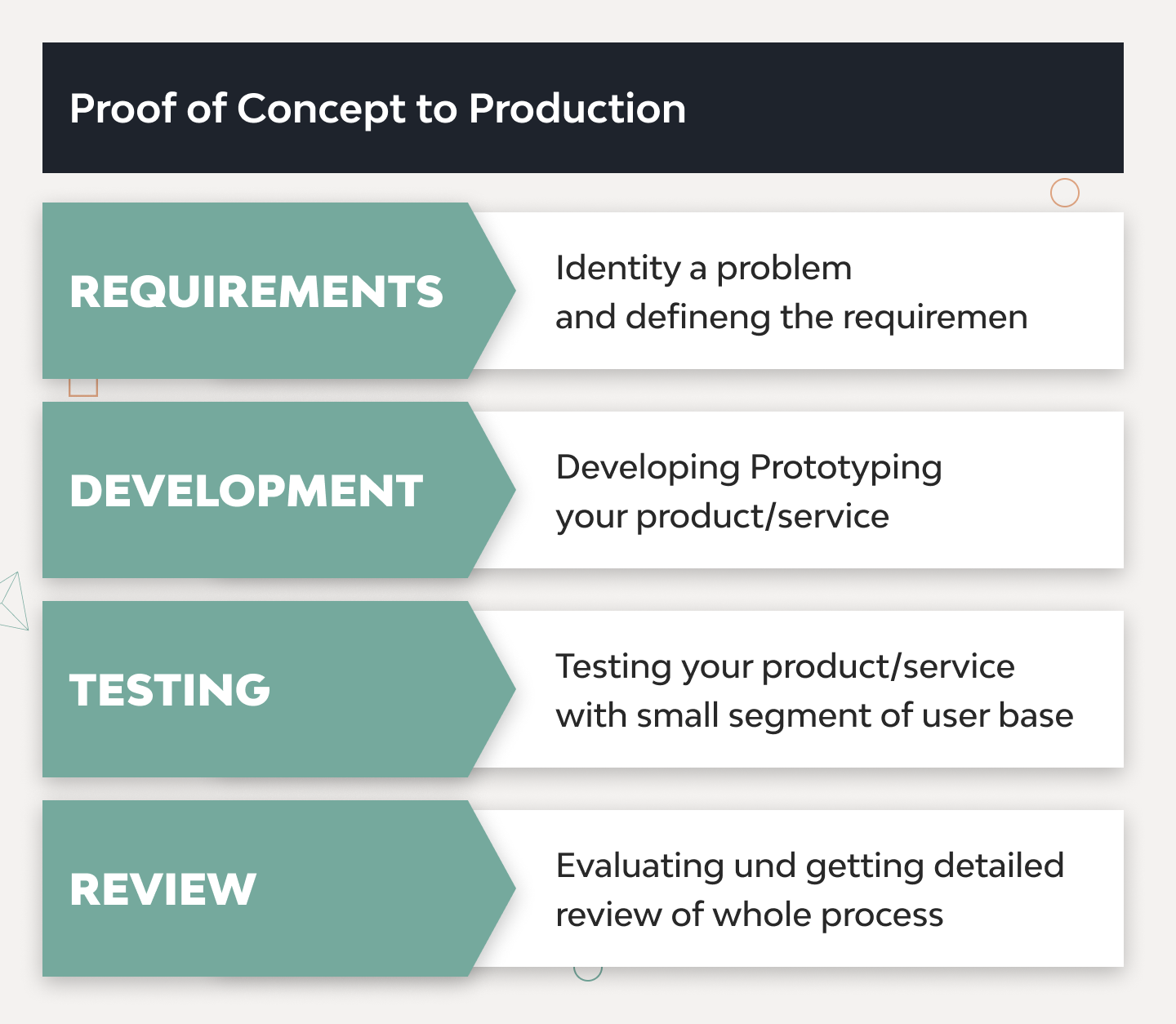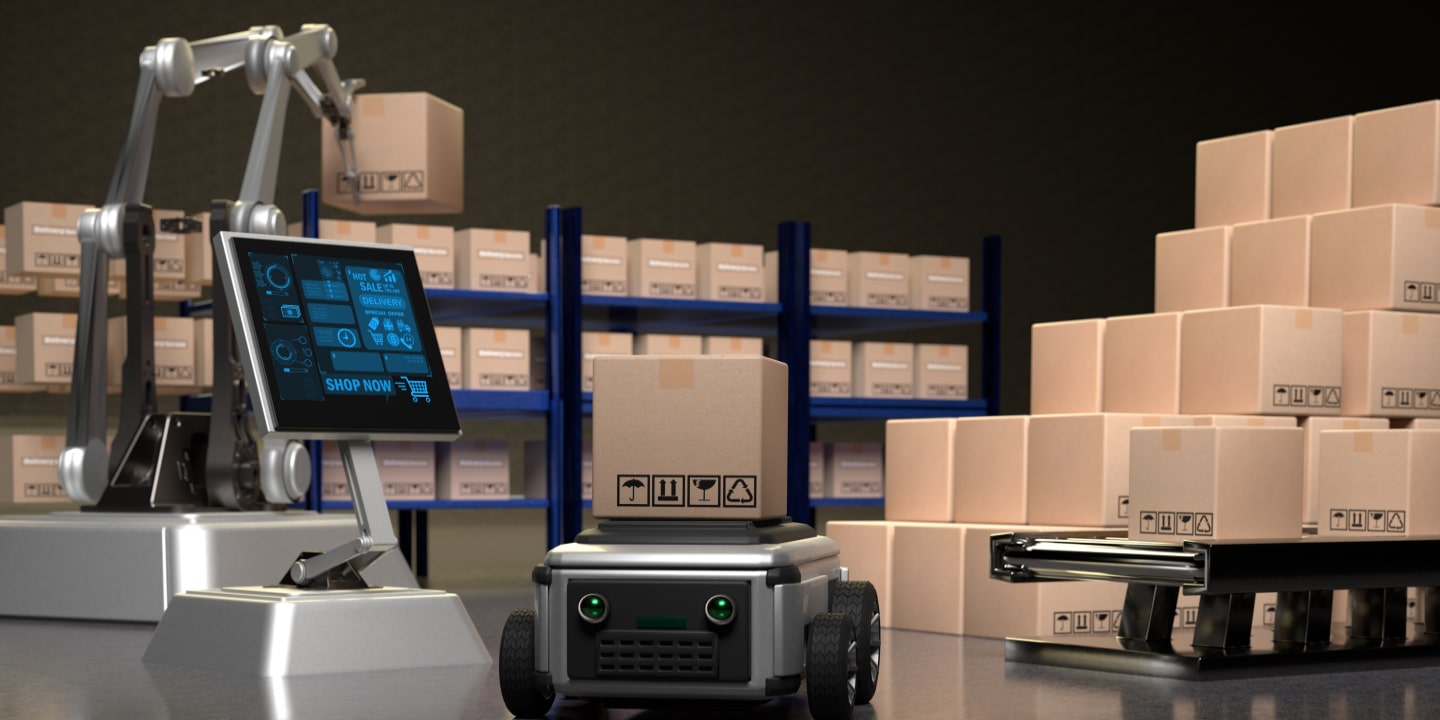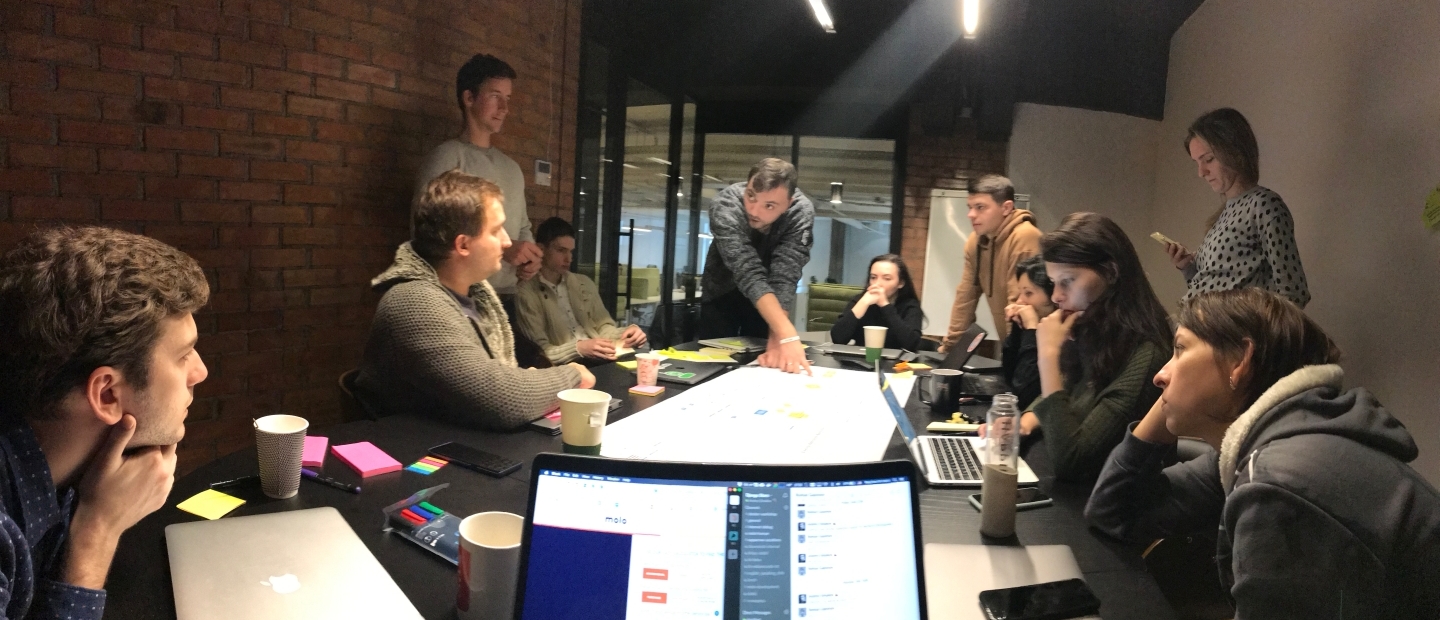Developing an AI Proof of Concept: A Strategic Approach to Cost Savings

Developing an AI Proof of Concept (PoC) represents a crucial milestone for businesses looking to harness the power of artificial intelligence. The path to creating a compelling PoC is fraught with challenges, from the constraints of limited resources to the complexities of data integration and analysis.
Companies can demonstrate the seamless integration of disparate services or validate the efficacy of AI-driven predictions and operations through a user-friendly interface. AI & ML development services analyze data and deliver predictions via a straightforward UI, effectively illustrating the concept. Frameworks like Bulma help craft simple yet powerful UIs for PoC development, serving as practical AI PoC examples of this approach.
This article delves into the strategic journey of developing an AI Proof of Concept. It provides insights into when to embark on this venture, planning for cost efficiency, and navigating the creation process. We’ll also explore the significant cost-saving potentials AI PoCs offer across various operational areas, from automating repetitive tasks to enhancing decision-making processes.
When to Develop a Proof of Concept: Understanding the Right Time for Your Business
Embarking on a new project involving new or untested technologies is thrilling yet fraught with uncertainty. This is where an AI-based Proof of Concept (PoC) comes into play. It serves as your compass and guides you through the feasibility of your vision.

A Proof of Concept (PoC) tests an idea’s feasibility in the real world. AI enhances PoCs by allowing for the quick creation and evaluation of complex solutions that can learn and predict outcomes. This is distinct from traditional PoCs as it leverages data for smarter decision-making and analytics, providing a deeper level of concept validation. AI PoCs showcase not just feasibility but also the advanced possibilities and impacts of AI technologies.
When is a PoC Essential?
1. When you need to showcase your vision to investors. Imagine you’re a sailor trying to convince a crew to journey into the unknown. A PoC is your map and sextant. It offers a tangible glimpse into the destination and the route. It demonstrates not just the potential of your idea but also your commitment and capability to navigate towards it.
2. When integrating complex systems. Consider you’re orchestrating a symphony with musicians who’ve never played together. The music is your project, and the musicians are different technology services. An AI-powered proof of concept helps ensure that each service plays in harmony when the conductor raises their baton and your project goes live. It all creates a seamless user experience.
Approaches may vary. A clickable prototype in Figma can be a straightforward, cost-effective method to illustrate a concept, especially for UI/UX projects. It’s like sketching your ship before building it.
On the other hand, demonstrating the integration of multiple services like mail, airports, and delivery with an AI layer that analyzes data and makes predictions requires a more sophisticated demo. A simple UI might suffice if the complexity lies in the backend integration and data processing.
And for those who need a “cheap and cheerful” solution to demonstrate an idea to investors, leveraging frameworks like Bulma can provide a quick, presentable prototype without breaking the bank or the clock.
Planning Your AI PoC for Cost Efficiency
Crafting an AI PoC requires careful planning, clear objectives, and efficient resource utilization. Essentials in navigating this journey include pinpointing the targeted problem, selecting suitable AI technologies, and establishing a realistic project scope. These steps form the blueprint for achieving cost-effective innovation in an AI PoC.
Identify the North Star: Clearly Define the Problem
Every successful voyage starts with knowing your destination. When planning your AI Proof of Concept, it’s good to define the problem you’re solving. This clarity will be your North Star, guiding every decision you make. You’ll leverage AI to navigate through a storm and reach a destination more efficiently and effectively.
Select the Right Crew and Vessel: Choose AI Technologies
Once your destination is clear, it’s time to select the right technologies. Research is your ally here. Dive into the ocean of AI technologies available, such as machine learning proof of concept, natural language processing, computer vision, etc., to find the ones that align with your goals. Remember, the flashiest ship might not be suitable for your journey. It’s about suitability, not just capability.
Map the Journey: Set Realistic Scopes and Scales
Every sailor knows the importance of planning their route. This is about understanding the extent of your journey and ensuring you have the resources to reach your destination without getting lost at sea. It means starting small, proving the concept, and then scaling. Aiming for the horizon is tempting, but remember, even the most legendary voyages started with a single step.
5 Main Steps to Building an AI PoC
Creating a Proof of Concept (PoC) using Artificial Intelligence (AI) is akin to embarking on a thrilling expedition to discover new territories. This journey requires meticulous planning, a clear vision, and tools. Below, I outline the five main steps to develop PoC AI, drawing from my own adventures and those of fellow navigators. At Django Stars, these steps are part of our core methodology for crafting innovative PoC solutions. They guide us through the complexities of AI PoC development, ensuring each project is a well-planned expedition towards technological innovation and practical solutions.

Step 1: Problem Identification
Before setting sail, it’s essential to understand the sea you’re about to navigate. Define the business challenge or opportunity the AI PoC aims to address. Focus on areas where AI can streamline processes, enhance decision-making, or innovate services and software. This step is about finding your “why.” It’s the beacon guiding your AI voyage towards areas with potentially significant impacts, such as cost reduction or efficiency improvement.
Step 2: Data Gathering and Preparation
Every journey requires provisions, and data is your most valuable resource. Emphasize the importance of quality data. Without it, your AI model is like a ship without sails. This step involves identifying data needs and sources and ensuring that the data is clean, relevant, and structured. Remember, an AI PoC can also highlight gaps in your data landscape, providing insights into the preparation required for a scalable solution.
Step 3: Model Selection and Development
Selecting a suitable vessel is crucial for a successful voyage. In the context of an AI PoC, this means choosing suitable AI techniques. It can be machine learning, natural language processing, or another technology that aligns with your objectives. You can consider pre-built models for a head start, but it’s good to customize them to fit your unique requirements. At Django Stars, we pride ourselves on our proficiency across a broad spectrum of AI product development, ensuring we select and tailor the best model for your journey.
Step 4: Testing and Evaluation
No journey is without its trials. In proof of concept development with AI, testing, and evaluation are how you navigate these challenges. Establish metrics to assess the PoC’s outcome, such as accuracy, efficiency gains, and potential cost savings. This step is about ensuring it can navigate the complexities of your specific sea, proving its worth and potential for scalability.
Step 5: Iteration and Refinement
The path to discovery is rarely a straight line. Stress the iterative nature of PoCs. Use the insights gained from testing and evaluation to refine and optimize your solution. Adjust based on results to increase potential savings, efficiency, and ROI. This step is about fine-tuning your vessel, ensuring it’s not just seaworthy but capable of conquering your industry’s vast and turbulent oceans.
Following these five steps lays the foundation for a future where AI drives growth, efficiency, and unparalleled innovation. So, set your sights on the horizon, and let the adventure begin.
Key Areas Where AI PoCs Offer Cost Savings
The ultimate goal of any PoC is to validate feasibility and identify paths to tangible AI PoC benefits, most notably, cost savings. Let’s explore the key areas where AI PoCs can unlock significant efficiencies.
Automation of Repetitive Tasks
AI excels at handling repetitive and time-consuming tasks for humans. Businesses can free up valuable human resources for more strategic, creative endeavors by automating these tasks. This reduces labor costs and increases productivity and efficiency across the board.
Predictive Maintenance
Predictive maintenance can be a game-changer in industries reliant on machinery and equipment. AI-driven PoCs can analyze data from sensors and logs to predict failures before they happen, preventing costly downtime and extending the lifespan of valuable assets.
Enhanced Decision Making
AI can process and analyze vast amounts of data far beyond human capability, offering insights that can transform decision-making processes. By leveraging AI for data-driven decisions, businesses can identify new opportunities for growth and benefits, reducing costs and improving competitiveness.
Streamlined Customer Service
AI-powered chatbots and virtual assistants can provide round-the-clock customer service, handling inquiries and solving problems without human intervention. They improve customer satisfaction and significantly reduce the costs of staffing customer service departments.
When charting the course for an AI PoC, it’s essential to consider these areas as potential destinations on your map. Each offers a pathway to technological innovation, substantial cost savings, and efficiency gains. As we continue our journey through the evolving landscape of AI, let these steps and areas guide you toward a successful, cost-effective Proof of Concept.
Best Practices for Navigating Your AI PoC to Success
How to build AI PoC? Crafting a successful AI PoC is akin to charting a course through unexplored waters, where the right approach can lead to new territories of innovation and growth. Here are the lighthouses to guide your way.
Embrace Agile Methodology
An agile methodology allows for flexibility and adaptability in your project’s development. This approach encourages regular feedback loops, enabling the team to make adjustments in real time. It’s about setting sail with a direction in mind yet being nimble enough to navigate unforeseen obstacles.
Ensure Clear Objective Setting
Begin with a clear definition of success for your AI PoC. This involves setting specific, measurable objectives that align with your business goals. It’s akin to knowing your destination before you leave port, ensuring every effort is directed towards reaching that goal.
Secure Executive Buy-In and Cross-Functional Support
Gaining the support of senior management is crucial for securing the necessary resources and ensuring organizational alignment. Additionally, fostering collaboration across different departments can provide diverse insights and drive collective ownership of the project. Think of it as assembling a seasoned crew, where each member plays a critical role in the journey’s success.
Focus on Data Quality and Availability
High-quality, accessible data is the lifeblood of any AI initiative. Ensure you have reliable data sources and robust data preparation processes. This might mean investing time cleaning and organizing your data or exploring partnerships to access external data sets. It’s about having the proper provisions and navigational charts before setting sail.
Choose the Right Technology and Partners
Selecting the right tools and technologies for your AI PoC is critical, but so is choosing the right partners. Look for partners with a proven track record in AI PoC development who can not only guide you through the technical aspects but also offer strategic insights. It’s like choosing a sturdy and reliable ship with an experienced captain at the helm.
Implement a Robust Testing and Evaluation Framework
Develop a framework for testing and evaluating your AI models with clear metrics that align with your business objectives. This will help you measure performance accurately and make informed decisions about scaling. It’s equivalent to navigating by the stars, allowing you to track your progress and adjust your course as needed.
Plan for Scalability from the Start
Consider the scalability of your solution from the outset. This means to develop PoC AI in a way that it can grow and adapt as your business needs evolve. It’s about building a ship that’s not just ready for a short voyage but equipped for a long expedition.
Foster a Culture of Continuous Learning and Iteration
Finally, foster a culture that values continuous learning and iteration. AI is rapidly evolving, and staying abreast of the latest developments can provide competitive advantages. Encourage your team to experiment, learn from failures, and iteratively improve your AI solutions. It’s about being a crew of explorers, always curious and ready to discover new horizons.
Adhering to these best practices can make your AI PoC journey successful and enlightening. Remember, the goal is not just to reach your destination but to uncover new paths to innovation and efficiency. With careful planning, a spirit of exploration, and a commitment to continuous improvement, your AI PoC can lead you to uncharted territories of success.
The Bottom Line
Developing a PoC is a pivotal step in the innovation journey. Whether convincing investors with a clickable prototype in Figma, integrating multiple services with an AI overlay, or opting for a simple yet effective demonstration using frameworks like Bulma, the key is to plan meticulously, choose wisely, and scale thoughtfully.
Throughout this article, I’ve embarked on a comprehensive voyage, exploring when to initiate a Proof of Concept AI (PoC), the meticulous steps on how to do an AI PoC, the key areas where AI can offer significant cost savings, and the best practices to ensure your AI PoC not only sets sail but reaches its intended destination successfully.
At the heart of this journey is the understanding that a well-crafted AI PoC can illuminate the path forward, offering insights and proving the feasibility of broader AI integration within your business. Each step is pivotal, from identifying the problem and gathering the necessary data to selecting the appropriate models, testing, evaluating, and refining your approach.
As stewards of this technological frontier, we at Django Stars bring to the table our rich tapestry of experience in AI development. Our expertise spans the spectrum of PoC AI capabilities, from machine learning and natural language processing to complex integrations and scalable solutions designed to propel businesses into their future. I invite you to embark on this journey with us.
- Is an AI PoC expensive to develop?
- The cost of developing an AI PoC can vary widely depending on the complexity of the problem, the data availability and quality, and the specific AI technologies employed. However, starting with a clearly defined scope and leveraging agile development practices can significantly manage and reduce costs.
- How can we measure the success of an AI Proof of Concept?
- Success measurement for an AI PoC hinges on predefined metrics that align with your business objectives. These could include efficiency, accuracy, cost savings, or customer satisfaction improvements. Throughout the development process, these metrics serve as benchmarks to evaluate the PoC's performance and its potential impact on broader business goals.
- How long does it take to develop an AI PoC?
- The development timeline for an AI PoC depends on the project's complexity, the data preparation required, and the specific AI models and technologies used. Simple PoCs can sometimes be developed in a few weeks, while more complex projects might take several months.
- What are the key factors for a successful AI PoC?
- Key factors for a successful AI PoC include a well-defined problem statement, high-quality data, the right choice of AI technologies, robust testing and evaluation, and, importantly, a culture of iteration and continuous learning. These elements ensure that the PoC is technically viable and aligned with your business's strategic goals.
- Can AI PoCs be scaled into full-fledged solutions?
- Absolutely. One of the primary objectives of an AI PoC is to demonstrate feasibility and potential for scaling. With the right foundational architecture and a focus on scalability from the outset, PoCs can evolve into comprehensive solutions that drive significant value across the business.









